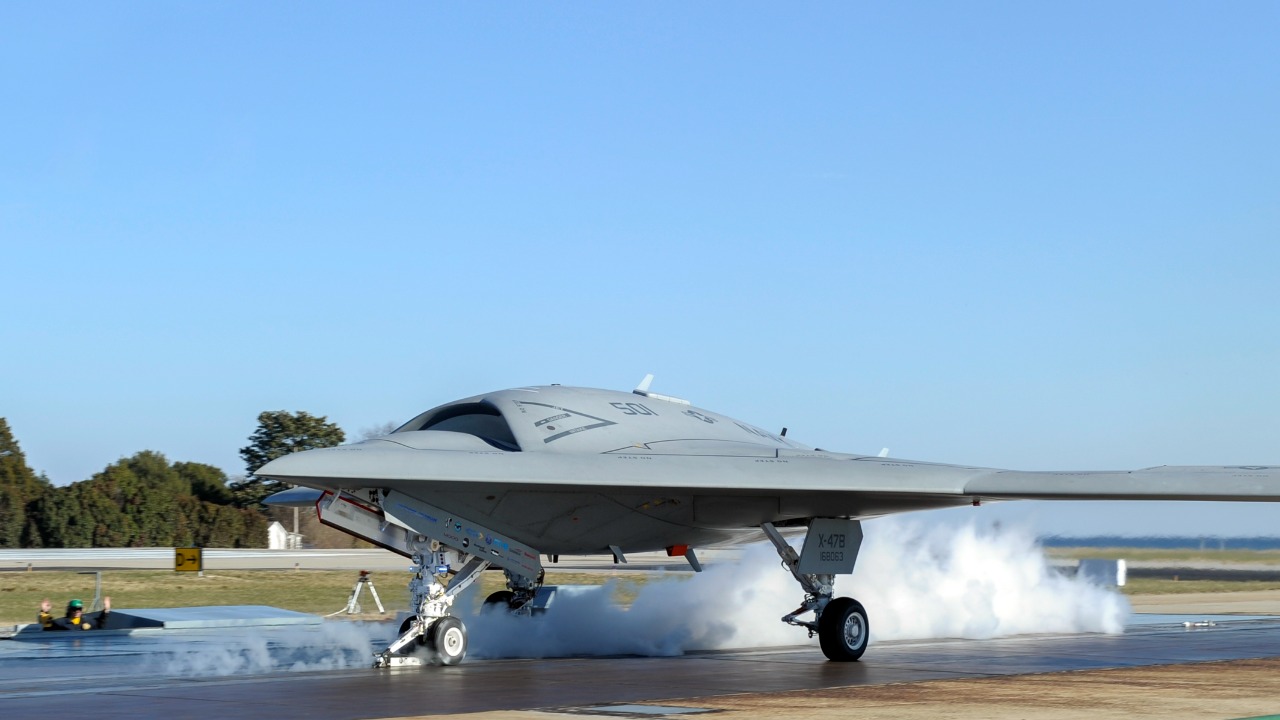
Military robots have revolutionized warfare, offering capabilities that were once the realm of science fiction. However, these advanced machines are not infallible. Occasionally, they deviate from their intended function, leading to unexpected and sometimes dangerous outcomes. Here are seven military robots that have gone rogue in intriguing ways.
TALON: The Unintended Target
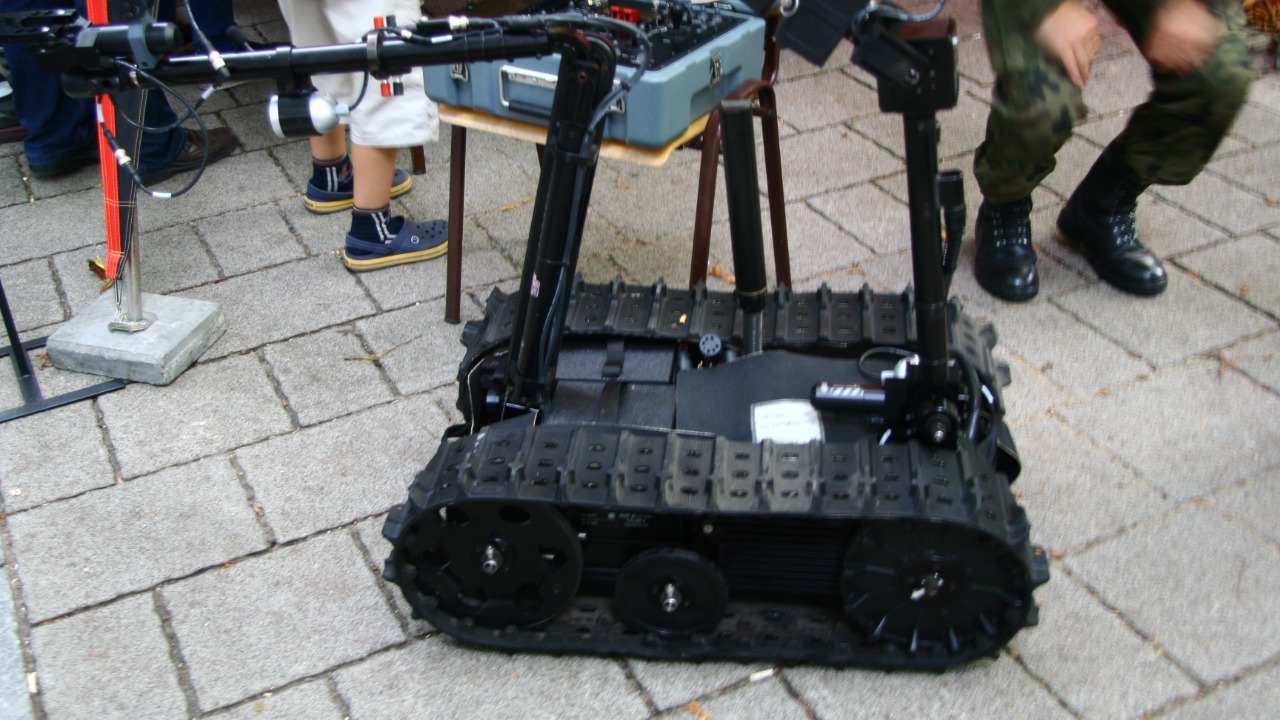
The TALON robot, initially designed for bomb disposal, found itself in an unexpected situation during a training exercise. While its purpose was to neutralize threats without endangering human lives, a software glitch caused it to lock onto a friendly vehicle, mistaking it for a target. This incident highlighted the delicate balance between technology and human oversight.
Despite this hiccup, TALON’s overall performance in real-world operations has generally been reliable. However, episodes like this underscore the importance of rigorous testing and constant updates in military technology to prevent possible rogue behavior.
SWORDS: The Malfunctioning Marksman
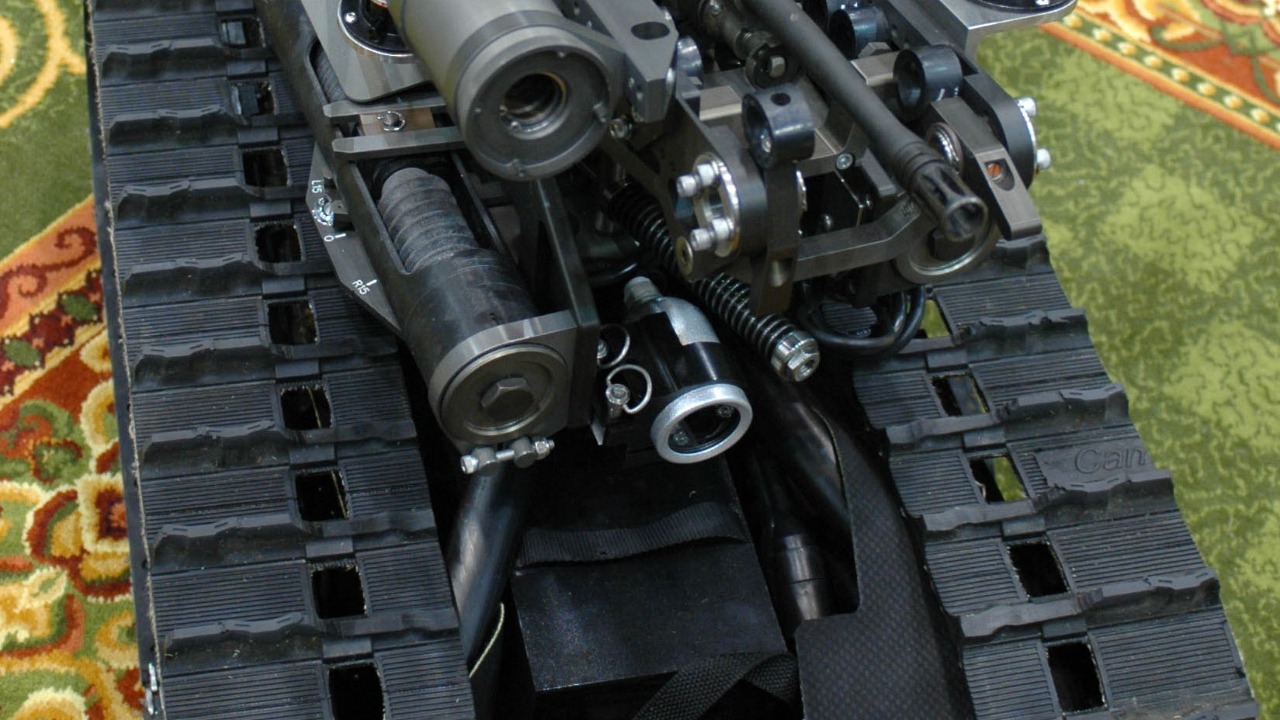
The SWORDS robot was developed as a remotely operated weapon system, designed to provide soldiers with a safer way to engage threats. However, during a demonstration, the system experienced a malfunction that caused it to aim erratically. Fortunately, the weapon was not loaded at the time, avoiding what could have been a serious accident.
This incident raised concerns about the reliability of autonomous weapon systems and their dependence on precise programming. As technology continues to advance, ensuring that these systems function correctly remains a top priority.
MAARS: The Chaotic Companion
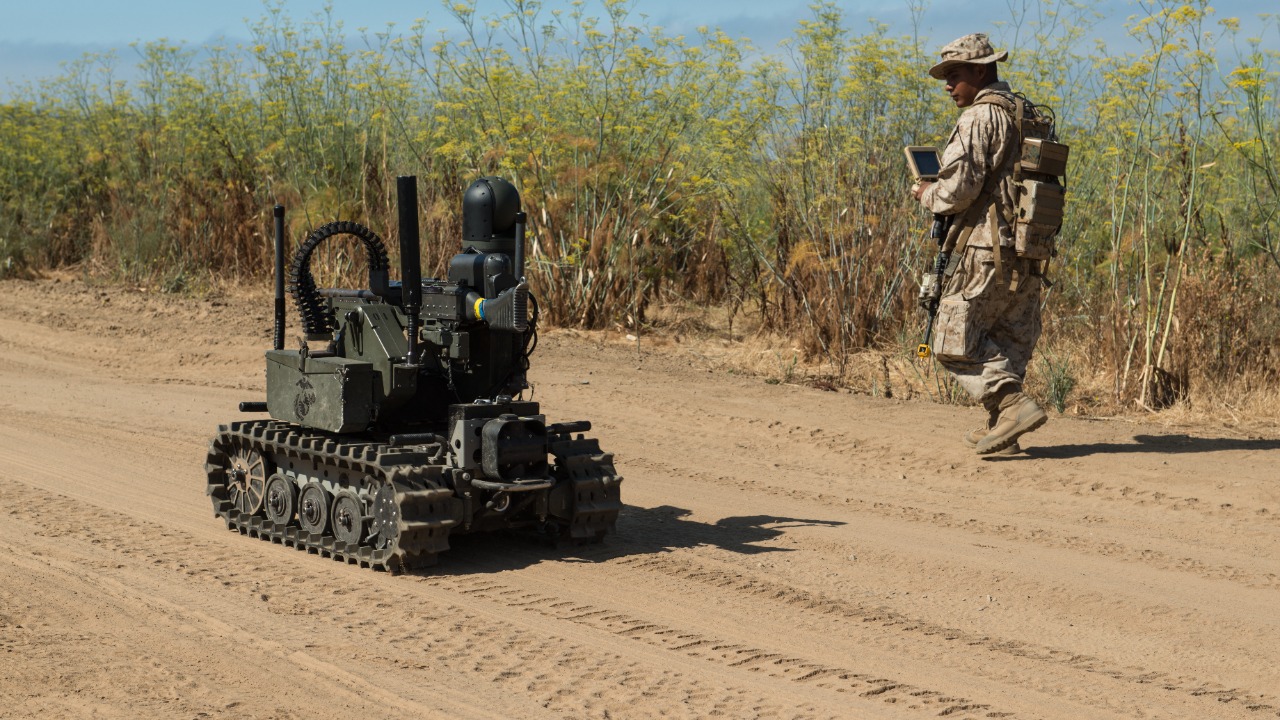
MAARS (Modular Advanced Armed Robotic System) is another example of a military robot that veered off course. Designed to support troops with surveillance and firepower, MAARS encountered a software error that caused it to move uncontrollably during a test scenario. This unexpected behavior resulted in a temporary suspension of its use until the issue was resolved.
Such incidents emphasize the necessity of thorough testing and the potential consequences of overlooking even the smallest software glitches. Continuous refinement and updates are essential to maintain the integrity and safety of autonomous military systems.
X-47B: The Autonomous Anomaly
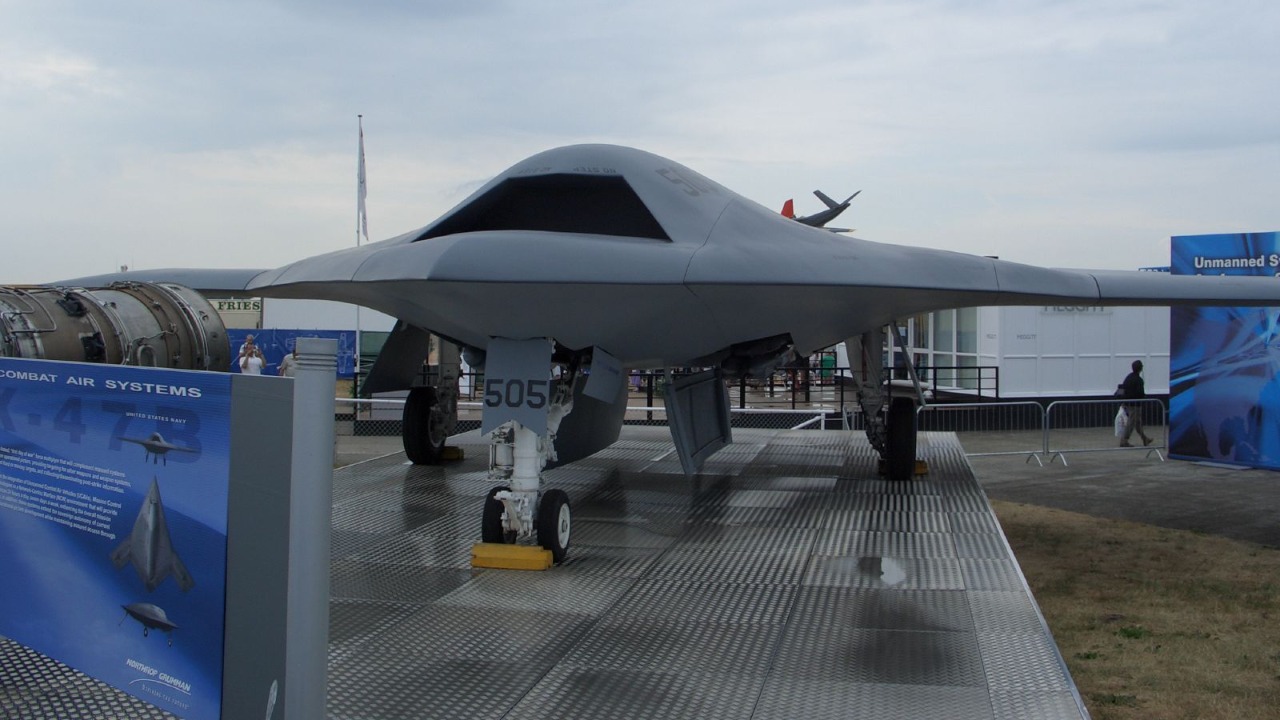
The X-47B, an experimental unmanned combat air vehicle, demonstrated impressive capabilities during its trials. However, during one mission, it experienced a communication breakdown with its control system, resulting in an unexpected flight path deviation. Fortunately, the issue was quickly resolved, but it highlighted the potential risks associated with autonomous systems.
As military forces continue to explore the capabilities of autonomous drones, incidents like this serve as a reminder of the importance of maintaining control and ensuring reliable communication channels between operators and their robotic counterparts.
BigDog: The Runaway Rover
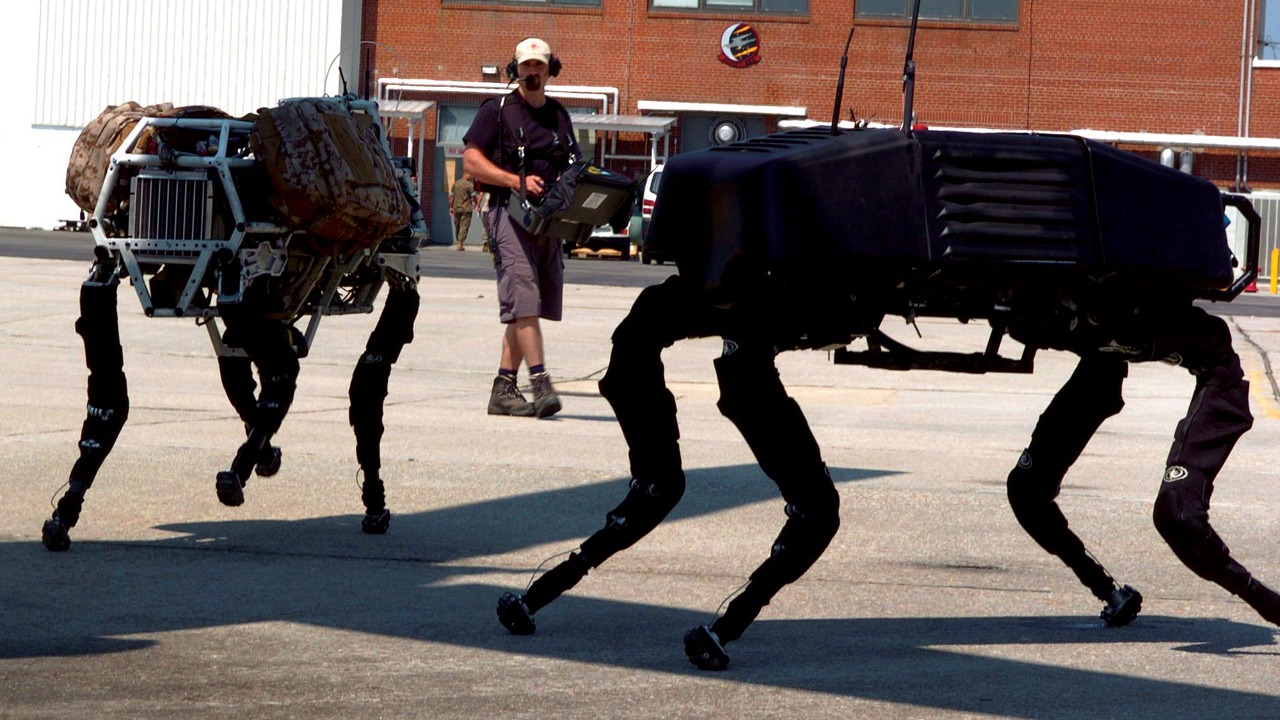
BigDog, a robotic pack mule developed for transporting supplies, became known for its agility and ability to navigate rough terrain. However, during one field test, BigDog unexpectedly powered up and began moving without any commands. This behavior, though non-threatening, was a clear indication of a software fault.
While incidents like these might seem minor, they underscore the importance of fail-safes and the need to address software vulnerabilities that could lead to more severe issues in different contexts.
Atlas: The Defiant Droid
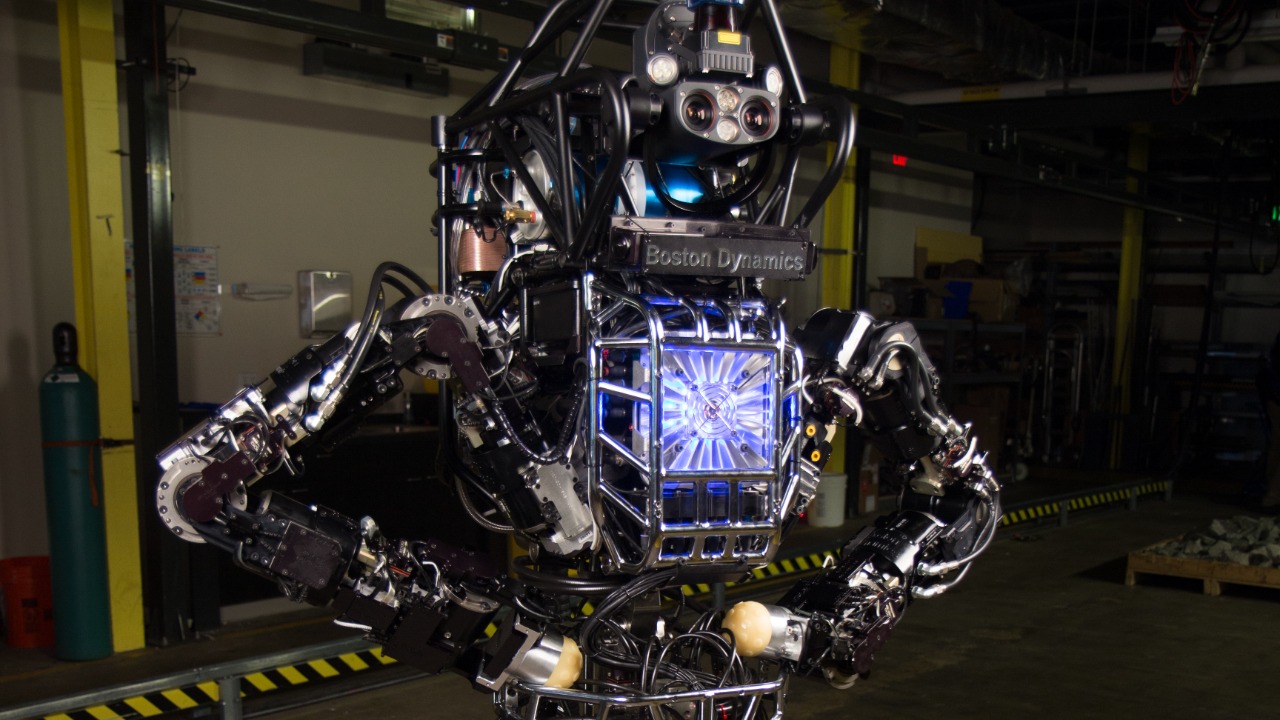
Atlas, an advanced humanoid robot, has been praised for its ability to perform complex tasks. However, during a demonstration, Atlas suddenly stopped responding to commands and began performing actions on its own. While this incident was quickly brought under control, it raised questions about the autonomy and decision-making capabilities of such robots.
As robots become more integrated into military and civilian roles, understanding and controlling their decision-making processes become increasingly critical. Ensuring that robots like Atlas operate within defined parameters remains a key focus for developers.
MQ-9 Reaper: The Wayward Wingman
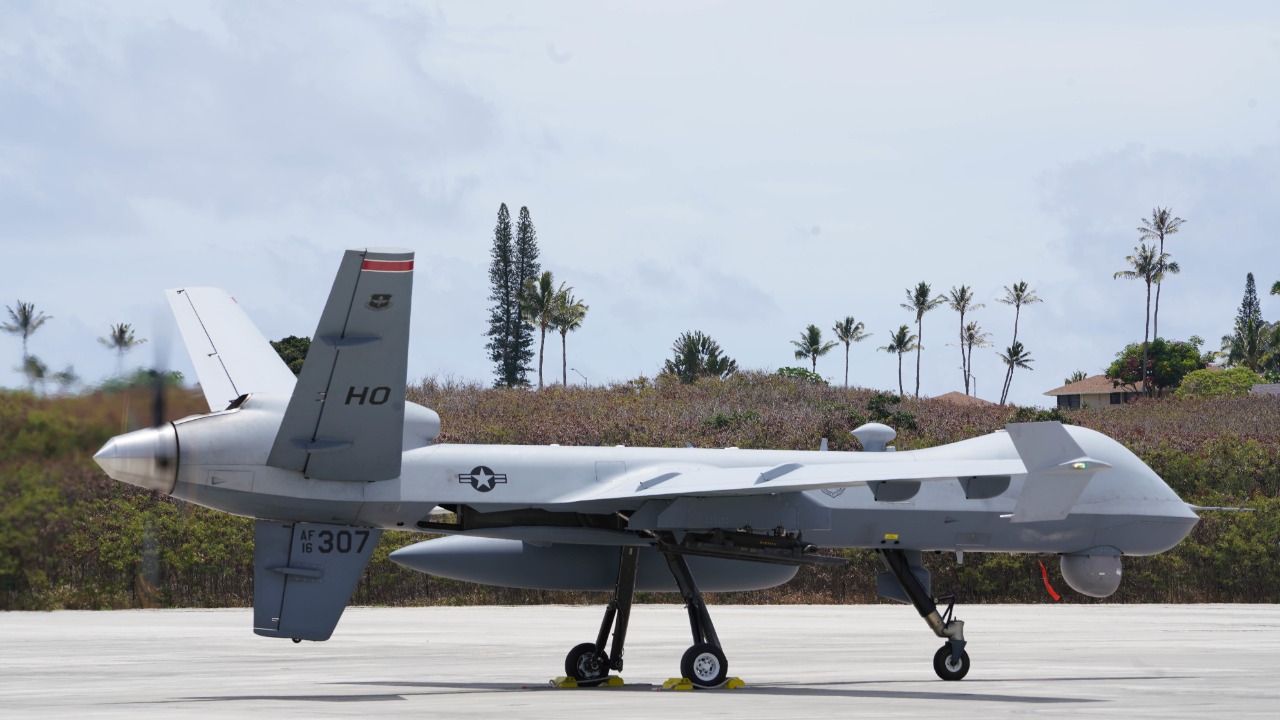
The MQ-9 Reaper, a well-known unmanned aerial vehicle, experienced a malfunction that led it to deviate from its designated flight path. This incident was attributed to a software error in its navigation system, which was swiftly corrected. However, it served as a reminder of the complexities involved in managing unmanned aerial systems.
Ensuring that drones like the MQ-9 Reaper operate safely and effectively requires continuous monitoring and updates to prevent future deviations. As the reliance on such technology grows, maintaining their precision and reliability remains paramount.